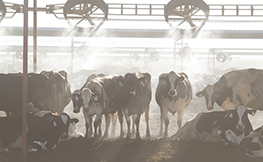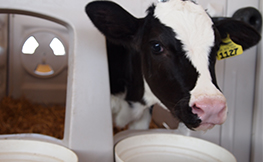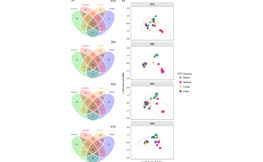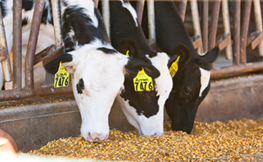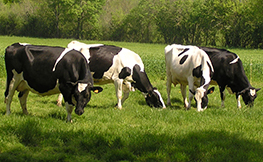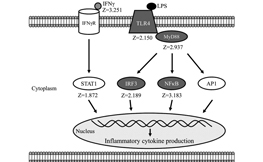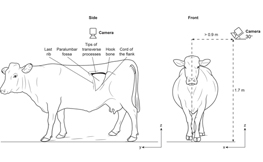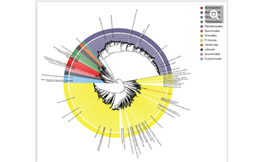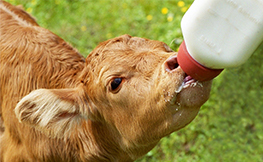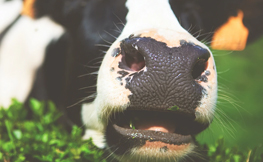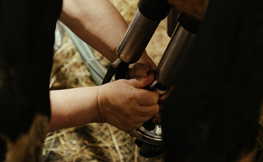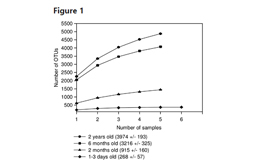Rumen Health Technical Guide
Leading ruminant experts have written the Rumen Health Technical Guide. This resource is free to veterinarians, nutritionists and producers, request a copy today.
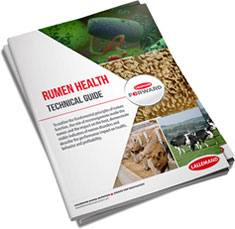 Get a copy
Get a copy
Impact of Acidosis and Heat Stress on Cows in Transition
It appears that the challenges associated with heat stress, acidosis, and performance issues for cows in transition are all linked to the ruminant digestive system.
What’s the common association between the ruminant digestive system, heat stress, and acidosis for cows in transition?
- During heat stress, blood flow is directed to the skin of the cow in transition and its extremities to lower body temperature. This leads to a lack of metabolic support such as oxygenation and electrolyte balance of the ruminant digestive system, resulting in increased intestinal barrier permeability and leaky gut syndrome (Boylen K, 2016). This metabolic response can result in hyperstimulation and inflammatory cascades.
- The periparturient period is a significant challenge to animal welfare and the profitability of farming operations (Horst E.A. et al., 2021) and transition cows are particularly sensitive at this period increasing also increased intestinal barrier permeability and leaky gut syndrome.
- The penetration of foreign bodies through the damaged intestinal barrier then generates inflammation (Boylen K, 2016).
- In response to stress, the hypothalamic-pituitary-adrenal axis is activated, which, in turn, stimulates the production of corticotropin-releasing factor (CRF) by the nervous system and peripheral tissues.
- CRF induces intestinal barrier dysfunction via the degranulation of intestinal mast cells and the release of histamineGlossaryView allHistamine
Vasomotor amine released by bacteria activity during a decrease in ruminal pH. Histamine has an effect on blood vessels causing an inflammation that can weaken the laminar structure in the hoof wall., proteases, and cytokines, as well as systemic inflammation. - The effects of stress on the intestinal barrier explain why heat stress, acidosis and cows in transition share a common consequence of increased intestinal barrier permeability and systemic inflammation.
What are the consequences of inflammation associated with the ruminant digestive system for cows in transition?
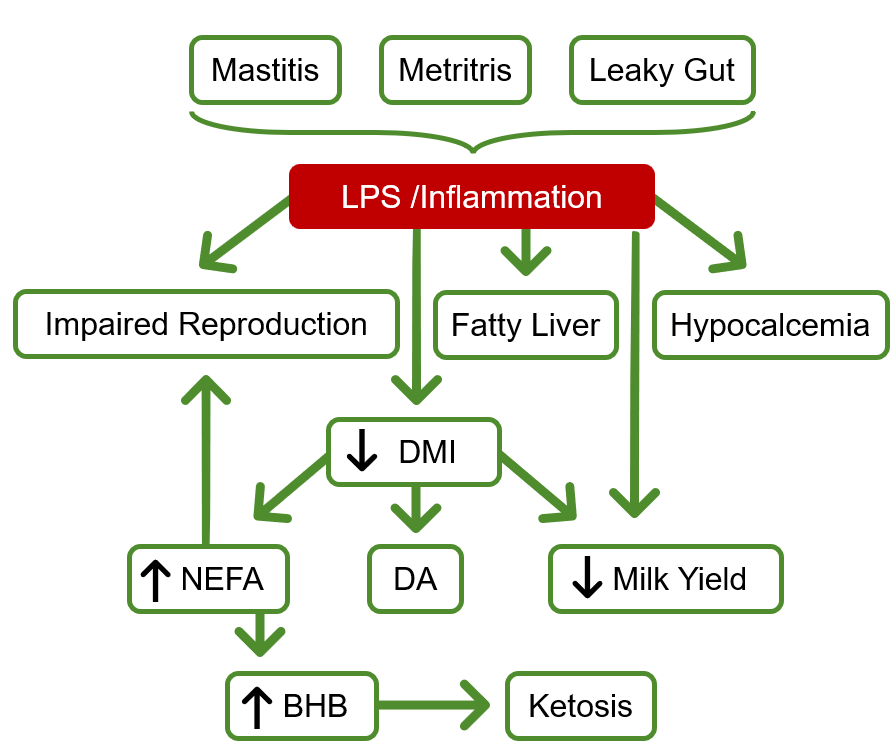
- During immune activation associated with increased intestinal barrier permeability, metabolism normally dedicated to milk synthesis, that requires normally 25-30% of basal metabolism in a healthy animal, is redirected towards the immune system. The immune system requires a great deal of energy. Once under pressure, this requirement increases, which consumes nutrients.
The cow will find energy sources including glucose as precursor of lactose (Boylen K, 2016), which are intermediaries as the cow mobilizes fat stores as a source of energy if the inflammation becomes pathological, it reduces feed intake and may result in metabolic syndromes such as hypocalcemia. - The use of glucose by the immune system and the reduction in feed intake are responsible for the increase in NEFA (non-esterified fatty acids) and ketones, explaining a decline in overall health, production, and reproduction outcomes (Horst E.A. et al., 2021).
Leaky gut syndrome is a complex syndrome of the ruminant digestive system with major consequences for animal performance. If you would like to learn more about the leaky gut syndrome, click here.
